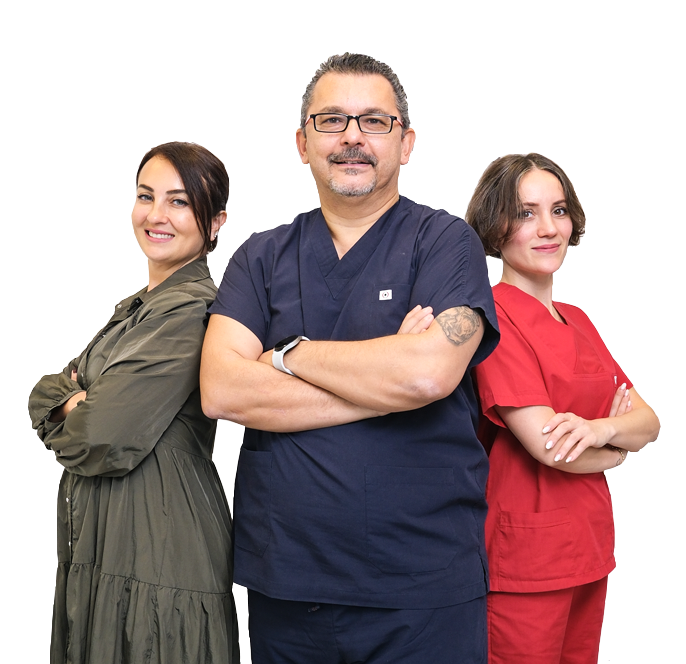Venous Ulcer
If there is a painful, non-healing wound on the ankle and around it. This may be a venous ulcer or a venous stasis ulcer (wound). Venous ulcers can often be a symptom of an underlying vein disease or venous insufficiency.
SYMPTOMS
- Swelling in and around the ankle
- Pain or cramps in the leg and calf
- A heavy leg that is tired or sore
- Especially at night
- An itchy, dry indurated leg skin
- Wounds that heal in a very long period, recurrence or do not heal at all.
WHAT IS A VENOUS STASIS UCER?
It is an open non-healing wound, usually around the leg and wrist. It occurs in circulatory disorders and, accordingly, in areas where the blood is shaded. This pooling is responsible for approximately 80% of ulcers. Venous ulcers can cause serious medical problems such as infections and skin changes.
STAGES OF VENOUS ULCER
In the first stage, there is a reddened edematous skin area. This stage is often skipped as it is mistaken for symptoms such as mild irritation, post-insect bites or itching.
In the second stage, a slight leakage of fluid begins from the affected area. It is more noticeable at this stage. During this period, a more serious irritation, redness, dry and cracked skin area can be mentioned.
In the third stage, necrosis area begins. This is a harbinger of ulcer formation. The wound is more inflamed and possibly deeper than when it started. Rarely during this period the ulcer may begin to heal but will usually reopen.
In the fourth stage, the wound or ulcer is evident and visible. It will no longer heal on its own and wound care will become very important during this period. Your doctor will give you information about wound care and keeping it clean.
Venous ulcers will most likely not heal on their own unless the underlying disease is treated, and will likely recur even if healed.
CAUSES OF VENOUS ULCER AND RISK FACTORS
Since the cause of venous ulcer is an underlying disease, it is useful to know the potential risk factors as improving your venous health can help you get rid of it. Some of these are as follows:
- Genetic predisposition
- A sedentary lifestyle
- Cigarette smoking
- Obesity
- Hypertension
- Diabetes
- Varicose veins
- Pregnancy
- Deep vein thrombosis
VENOUS ULCER TREATMENT
Mild cases can be treated at home with relatively simple precautions.
These measures are:
- Walking
- Elevation (raising the feet)
- Wound care at least 2 times a day as recommended by your doctor. With appropriate bandages and compression stockings
- If infected, antibiotics
However, a very important topic that should not be forgotten is that our risk of venous ulcer continues to increase unless the underlying disease is fully treated. For this reason, a detailed Doppler ultrasonography, examination and the necessary minimally invasive treatment methods must be applied.






